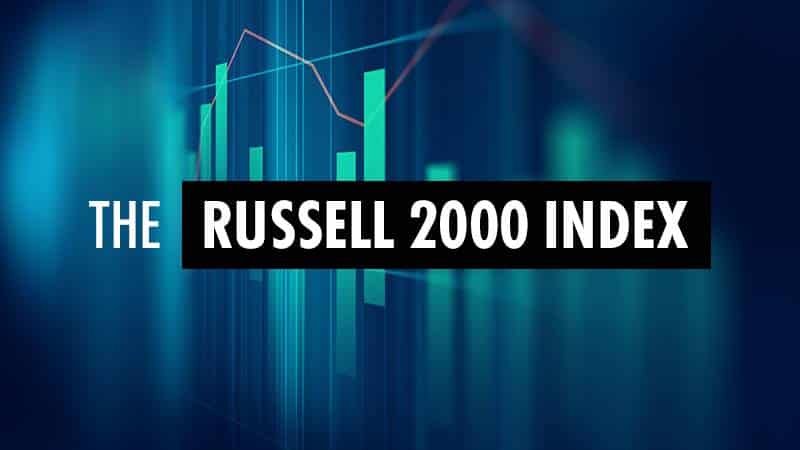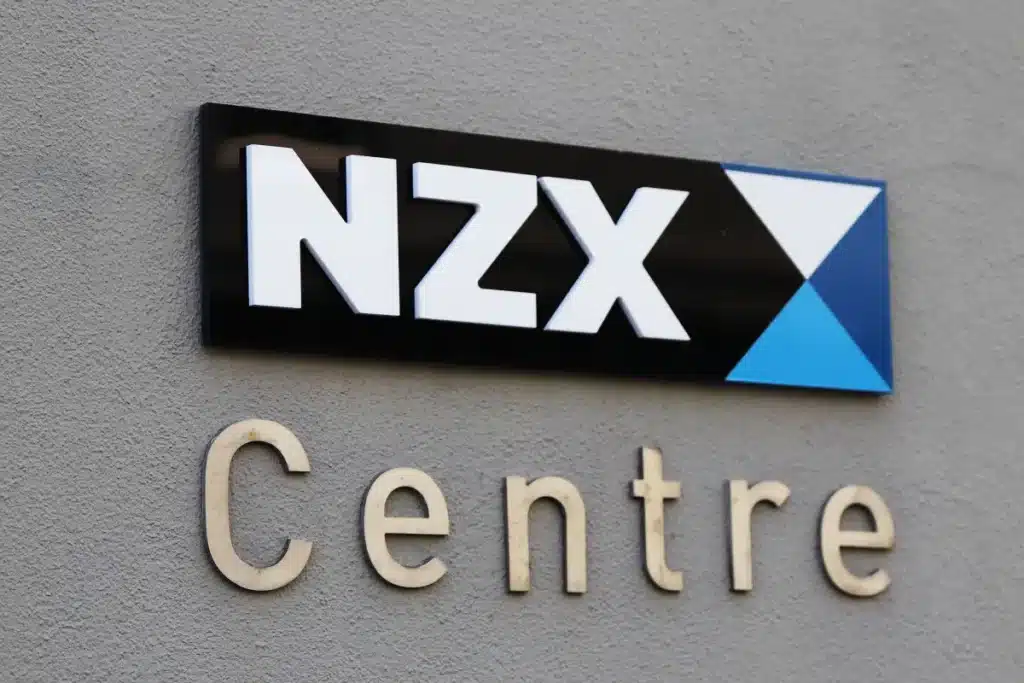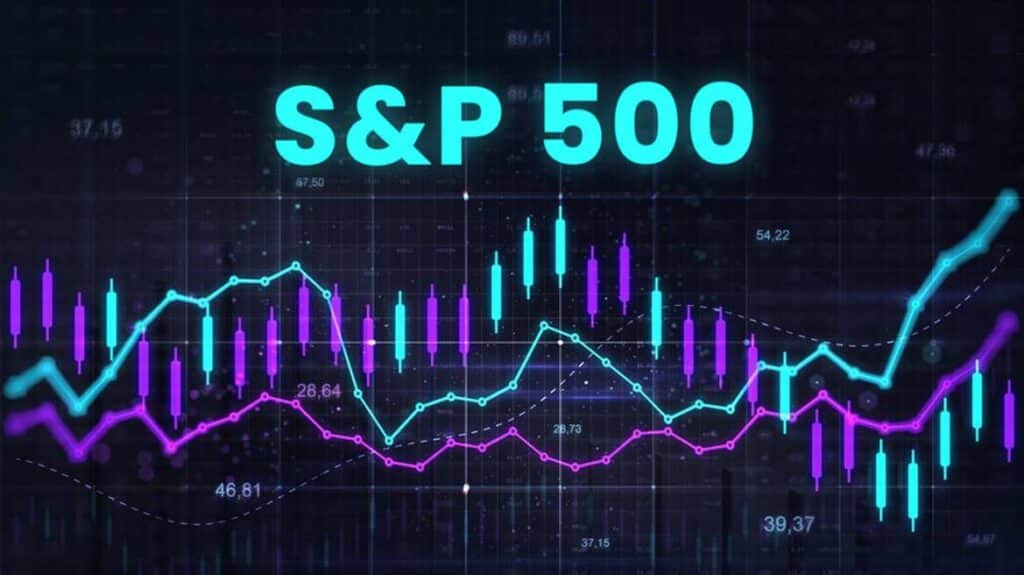Futures Dip, Trump’s April 2 Tariff Plans, Gold Rises – What’s Moving Markets?
On this pivotal Monday morning, as the world wakes to a new week, the movement within the financial market is a crucial point of interest. Many investors are keeping a watchful eye as U.S. stock futures dip amid swirling tensions around President Trump’s imminent tariff announcements slated for April 2. These developments set the tone for a week that promises uncertainty and potential volatility, leaving investors pondering what steps to take next.
To break it down, here’s the latest: Stock futures are experiencing a downward trend, which typically signals nervousness among traders about the future of the market. This ongoing sentiment may stem from concerns about the economic consequences of new tariffs proposed by the Trump administration. While specifics of the tariffs are not yet disclosed, the anticipation alone has put pressure on market confidence.
Gold Rises As Investors Seek Safety
In contrast to the slip in stock futures, gold prices have surged to new highs, climbing above $3,100 per ounce. Traditionally, gold is viewed as a safe-haven asset, meaning investors tend to flock to it in times of economic uncertainty or when inflation threatens to erode the value of currency. The sharp rise in gold prices suggests that investors are hedging against potential market downturns fueled by the looming tariffs and growing fears of a recession.
Bitcoin Battles Economic Concerns
Additionally, Bitcoin—often seen as both a volatile asset and a hedge against traditional financial systems—continues to test ground at an impressive $81k. However, it too faces pressure from the market’s general state of apprehension, making it a focal point for those who have leaned towards cryptocurrencies as an alternate investment during economic turmoil.
Oil Prices Nudge Lower But Watch This Space
Elsewhere in the commodity markets, oil prices have edged lower, closely watched by stakeholders for any signs of geopolitical disturbances or supply chain disruptions. China’s new discovery, set to impact the energy landscape, remains a focal point for investors tracking the dynamics of oil prices alongside these global concerns.
Market Events to Keep An Eye On
Staying informed is critical in navigating these tumultuous waters. Here are the five key elements to watch in the markets this week:
- President Trump’s official tariff announcements and their immediate market impact.
- Reactions from international markets, especially countries directly linked to tariff changes.
- Movements in safe-haven investments like gold and bonds.
- Fluctuations in cryptocurrency values, primarily Bitcoin.
- Oil price adjustments in response to geopolitical and supply-related news.
As we gear up for what promises to be a definitive week for global markets, staying abreast of these developments is more critical than ever. These conditions can feel daunting, but our aim is to provide insight and understanding, guiding you through the complexities of today’s financial landscape.
Understanding Today’s Top Analysis
When diving into investing, staying informed about the current market landscape is essential. In today’s analysis, we’re exploring four key topics that are making waves in the financial markets. Each presents unique insights and considerations as you plan your investment strategy. Let’s break down these areas of interest.
- Dividend Stocks with High Yields
First on the list is the exploration of dividend stocks which are especially appealing to investors looking for steady income. Michael Foster highlights three potential stocks boasting yields up to 9.4%. But what exactly are dividend stocks? Simply put, they’re shares from companies that return a portion of earnings back to shareholders, often on a quarterly basis, providing a source of passive income.
However, high dividend yields can sometimes signal financial instability if a company is offering more than it can sustain long-term. Therefore, it’s crucial to balance the allure of high returns with the company’s fundamental health. This insight comes as the market reacts to policies under the label of “Trump 2.0”, hinting at geopolitical influences that could reshape market behaviors and dividend reliability.
- Volatility Spike Expectations
The second analysis comes from Michael Kramer, who warns of potential volatility due to Liberation Day reactions and upcoming job data. Volatility, the rate at which a market’s price increases or decreases for a set of returns, is a critical factor investors must monitor. When volatility spikes, it often results in unpredictable market behaviors, influencing stock prices dramatically.
During such times, wise investors look to strategies that allow them to weather the storm, potentially investing in defensive stocks or diversifying their portfolio to mitigate risk. Key economic announcements, such as employment figures, can significantly drive these market changes, so keeping an ear to the ground is essential.
- Russell 2000 and Emerging Targets
Next, Declan Fallon discusses the Russell 2000, an index tracking 2,000 small-cap companies. Notably, it’s been put on “crash watch” as it faces fresh low targets. This index is often seen as a benchmark for small-cap stocks, giving insight into the wider market’s health.
With emerging low targets, investors might wonder whether this signifies a broader economic downturn or presents buying opportunities for small-cap stocks at discounted prices. Understanding market cycles and the inherent risks of small-cap investments, which tend to be more volatile but can also offer substantial growth, is vital when considering trades involving the Russell 2000.
- Focus on Fixed Income and Inflation
Finally, Michele Schneider’s analysis emphasizes the importance of fixed income investments and hedging against inflation. Fixed income, often seen as a conservative investment, includes options like bonds that provide scheduled interest payments over time. As inflation erodes the purchasing power of money, investors often look for ways to hedge against it.
Inflation protection can come from investments designed to maintain their value over time, such as inflation-linked bonds or assets tied to commodities like gold. Identifying these opportunities can help protect portfolios from the unsettling effects of inflation, ensuring that investments are not just maintaining value, but possibly growing over time.
In summary, today’s top analysis highlights crucial areas to help guide your investment decisions. Whether it’s seeking stable income through dividends, navigating market volatility, analyzing small-cap opportunities, or safeguarding against inflation, each topic deserves your careful consideration. By staying informed and strategic, you’re better positioned to navigate the financial markets with confidence.
Today’s Top News in the Stock Market
The financial markets are buzzing with activity this week, with several high-stakes developments affecting the U.S. stock markets. Let’s dive into the major topics making headlines today and what they might mean for investors like you.
U.S. Stock Futures Sink as Trump Tariffs Loom Large
As we’re starting the week, U.S. stock futures are pointing downwards. This dip comes as investors brace themselves for impending tariff announcements from President Donald Trump, scheduled for April 2. The anticipation of these tariffs is already creating ripples through the market. History has shown that tariffs can heavily impact various sectors, especially those reliant on imports and exports. Investors should keep an eye on relevant sectors such as manufacturing and technology, which could face increased costs and market volatility if tariffs are put into place.
Bitcoin Price Today: Tests $81k Amid Tariff and Recession Concerns
The cryptocurrency market, and specifically Bitcoin, is once again drawing attention as it tests the $81,000 level. This increase is attributed to a flight to alternative assets amid fears about the potential repercussions of Trump’s tariff announcements. Investors concerned about a potential economic downturn might be finding solace in cryptocurrencies as they seek to hedge against traditional market risks. However, it’s essential to remember that the crypto market itself is highly volatile and can swing widely based on market sentiment and regulatory developments.
Gold Prices Hit Record High Above $3,100/oz
Gold is shining brightly as prices have reached a record high of over $3,100 per ounce. Often seen as a safe-haven asset, gold tends to perform well when economic uncertainty is high. With the looming threat of new tariffs and related geopolitical tensions, it comes as no surprise that investors are flocking to gold. For those considering diversifying their portfolios, adding gold or gold-related investments could be a prudent move. It offers a buffer against inflation and market volatility.
Oil Prices Edge Lower Amid Geopolitical Tensions
Contrasting the rise in gold, oil prices are experiencing a slight decrease. This downtrend is due to a mix of ongoing geopolitical tensions and concerns over supply disruptions. Moreover, attention is focused on China as new oil discoveries could potentially alter the global supply landscape. Investors involved in energy stocks or commodities should be closely monitoring these developments, as shifts in oil prices can have widespread implications across various sectors.
5 featured stocks in 2025
Five Things to Watch in Markets in the Week Ahead
With such dynamic movements in the market, here are five crucial areas to keep an eye on this week:
- Tariff Announcements: The potential domino effect on various sectors and international trade relations.
- Cryptocurrency Movement: How Bitcoin and other cryptocurrencies are performing relative to traditional markets.
- Safe-haven Assets: Investment flow into gold and other protective assets.
- Oil and Energy Sector: Supply concerns and geopolitical factors impacting energy prices.
- Market Volatility: Keeping an eye on indices like the VIX to assess market stability.
This week’s developments emphasize the importance of staying informed and flexible with your investment strategies. By understanding these market dynamics, you’ll be better positioned to make informed decisions and navigate the ever-changing financial landscape. Keep learning and stay attentive to ensure your investment decisions align with your long-term goals.








